Understanding bar graphs Sight Words Worksheets for Ages 5-9
3 filtered results
-
From - To
Introduce your child to the world of data interpretation with our "Understanding Bar Graphs Sight Words Worksheets" for ages 5-9. These engaging worksheets combine essential sight words with the basics of bar graphs, helping young learners develop reading and math skills simultaneously. Children will explore colorful bar graphs while practicing reading and recognizing site words, allowing them to make meaningful connections between words and visual information. Ideal for kindergarten through third grade, these worksheets support both classroom and at-home learning, turning data analysis into a fun, interactive experience. Spark your child's curiosity and boost their confidence in reading and math today!
Understanding bar graphs and sight words at ages 5-9 is essential for early childhood development, and both parents and teachers have a significant role in reinforcing these skills.
Bar graphs introduce children to basic data interpretation and critical thinking. At an early age, children can learn to compare quantities, observe trends, and understand simple concepts of measurement and categorization. This foundational knowledge in data literacy prepares them for more complex math and science subjects, promoting logical reasoning and analytical skills.
Sight words, on the other hand, are common words that children are encouraged to recognize by sight without needing to sound them out. Fluency in sight words contributes to smoother and more efficient reading, fostering a love for literature and enhancing comprehension. When children can swiftly recognize these words, they can dedicate more cognitive resources to understanding the content and context of what they are reading, thereby improving overall literacy.
Both these skills set a solid foundation for future academic success. Bar graphs help in developing math-related competencies, while sight words underpin literacy advancement. By actively engaging in these areas, parents and teachers make a pivotal investment in a child's holistic education, setting the stage for a lifelong love of learning.
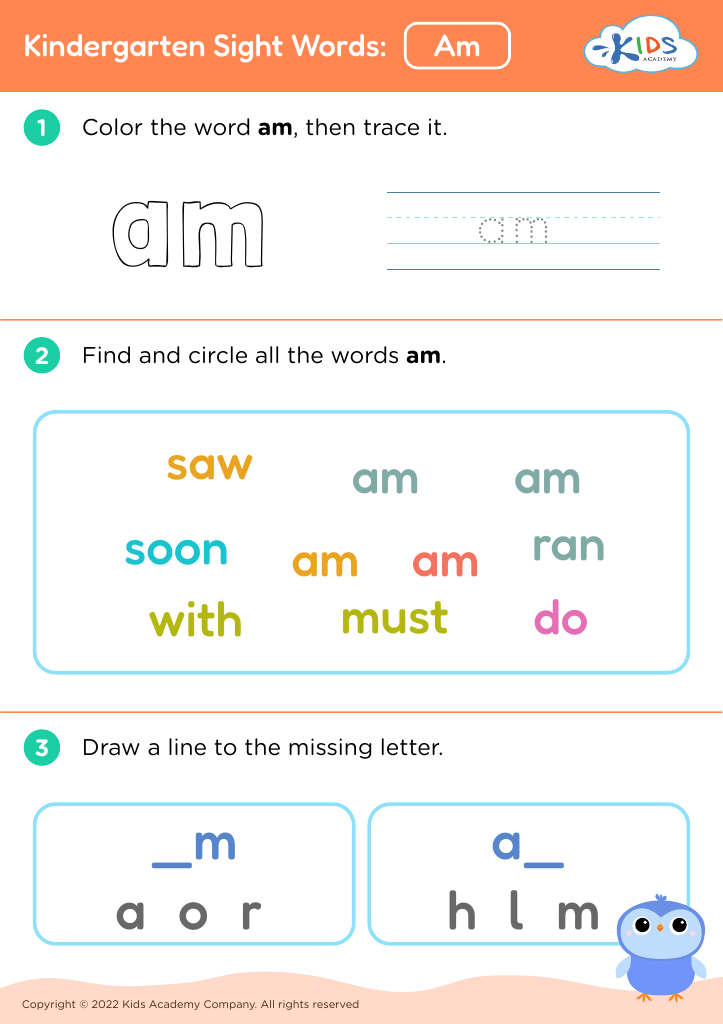
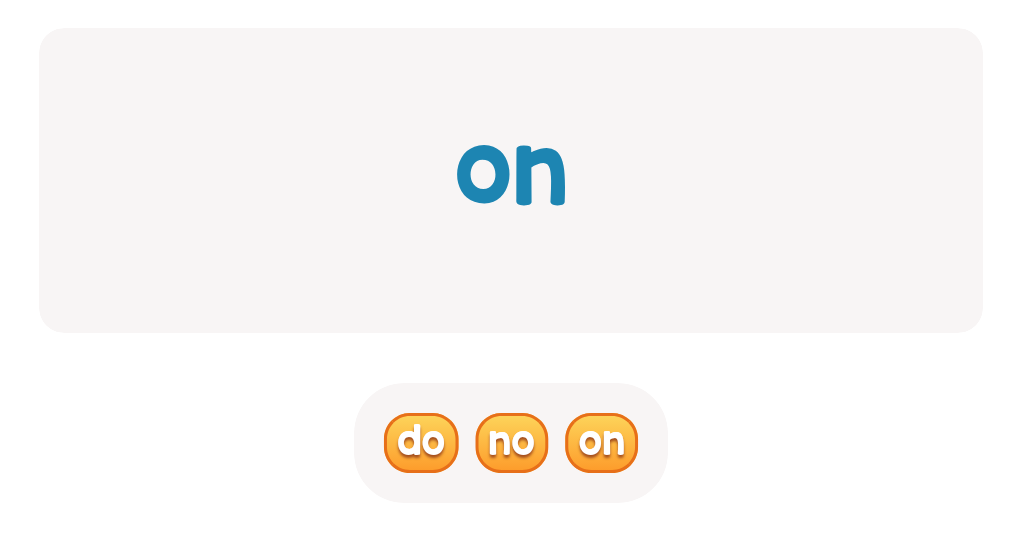
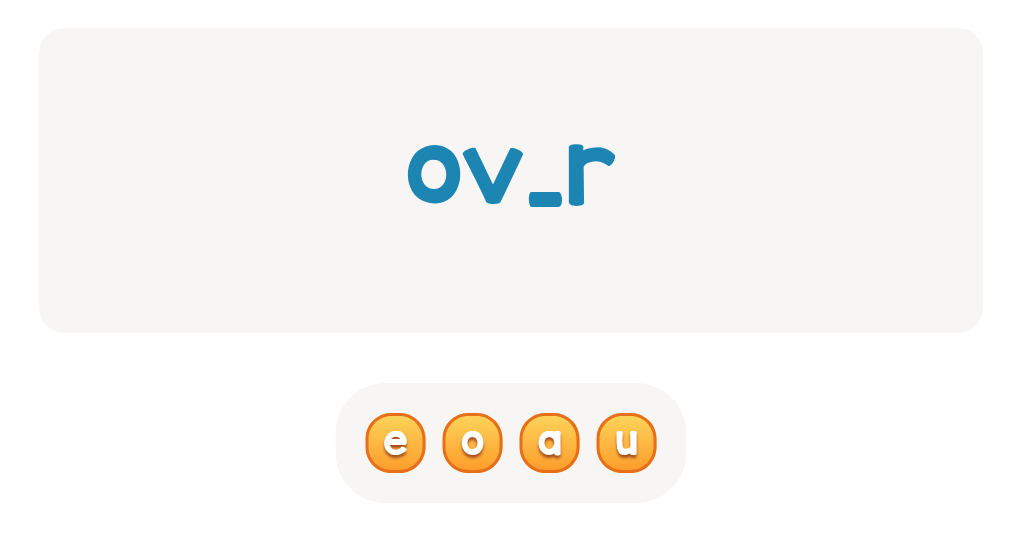
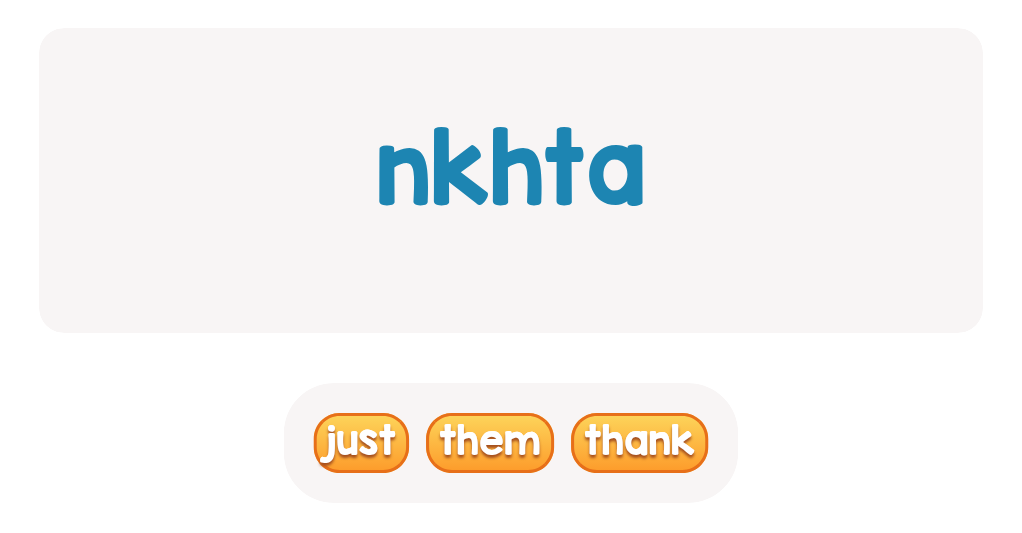
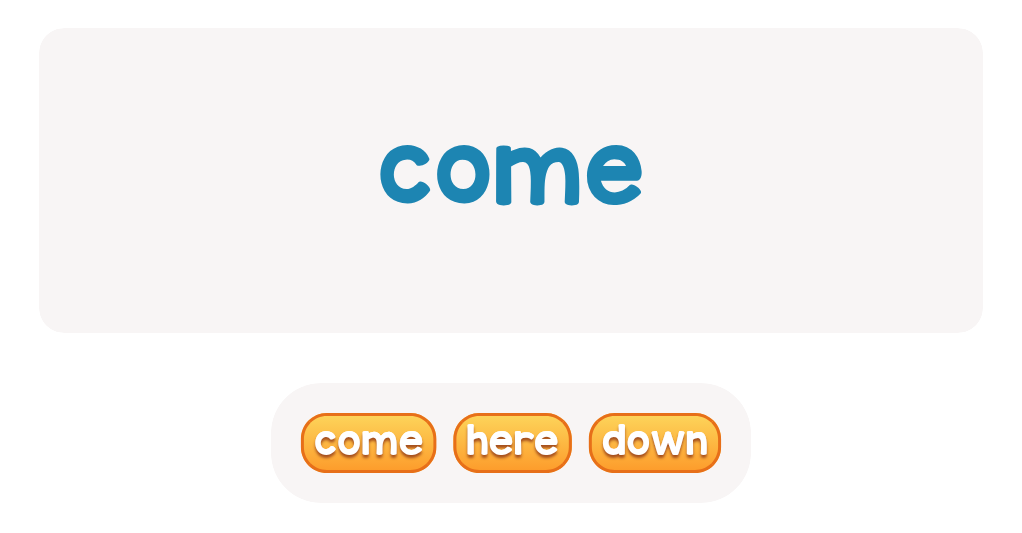
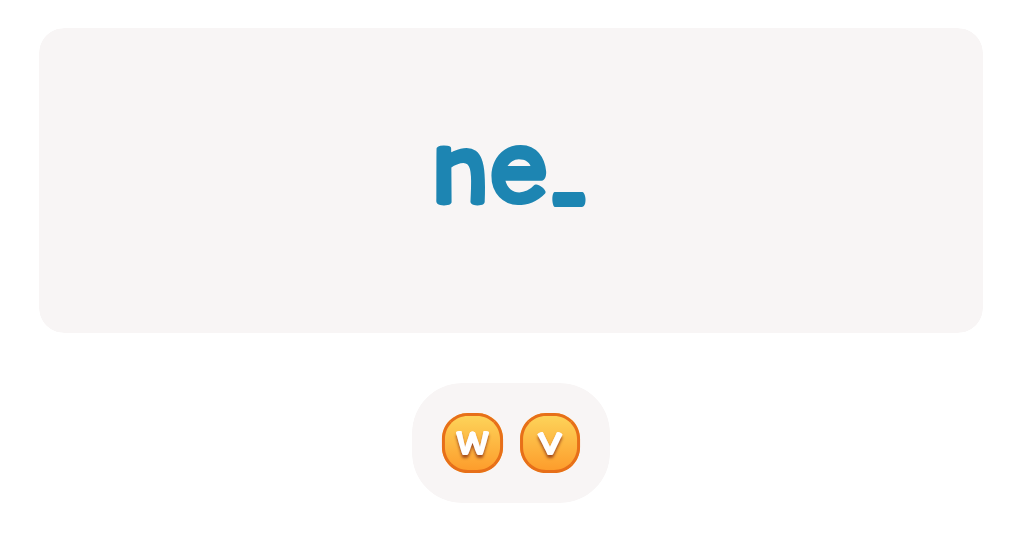
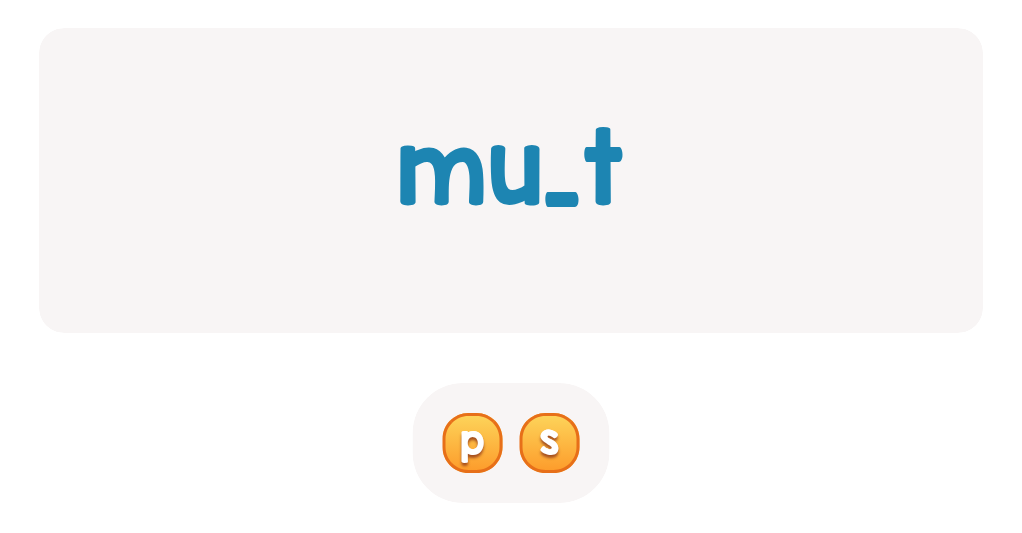
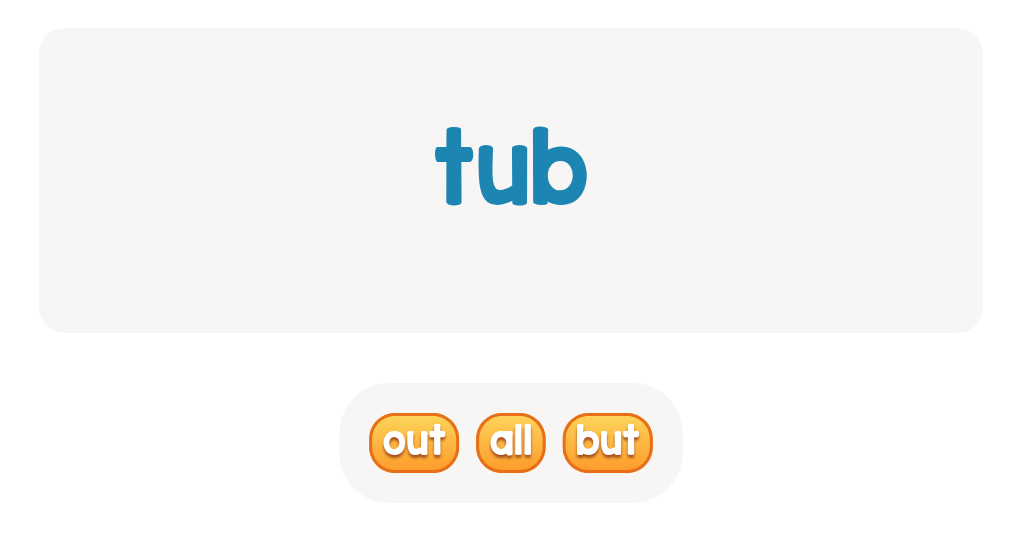


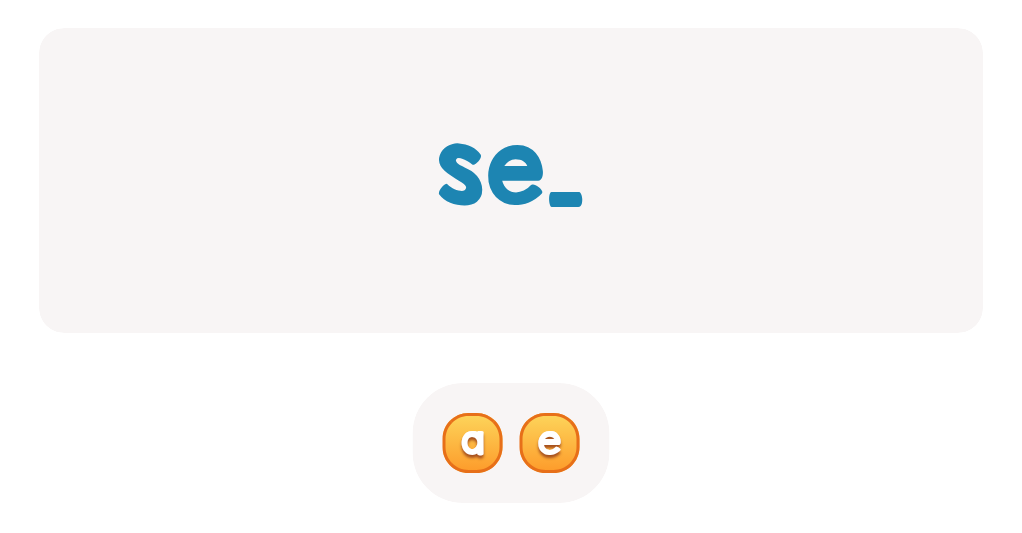
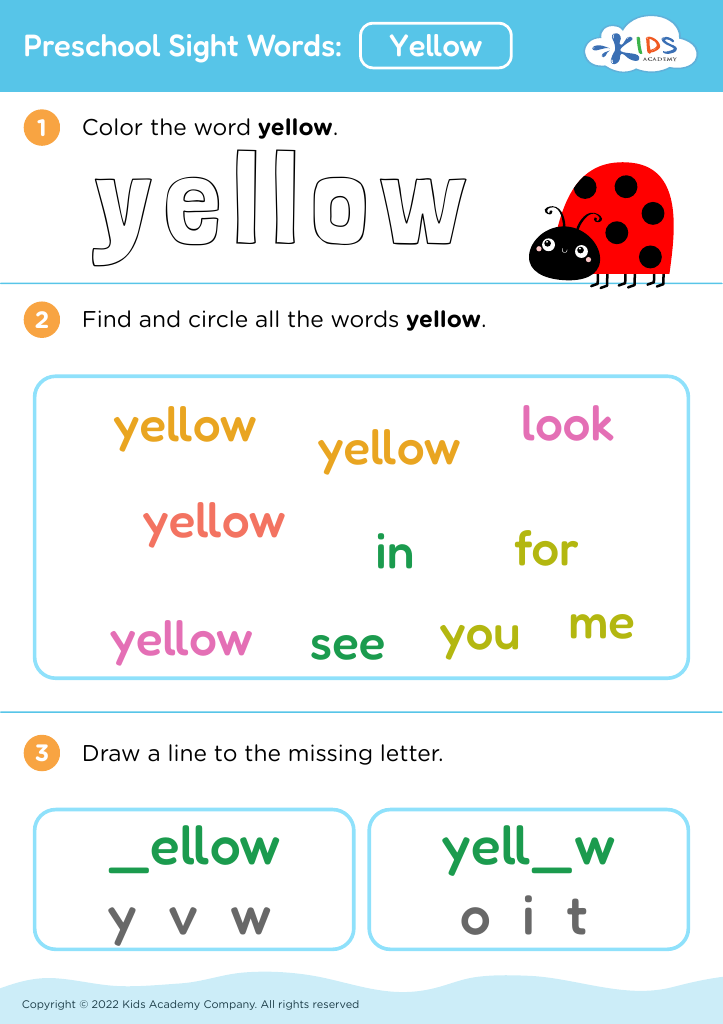
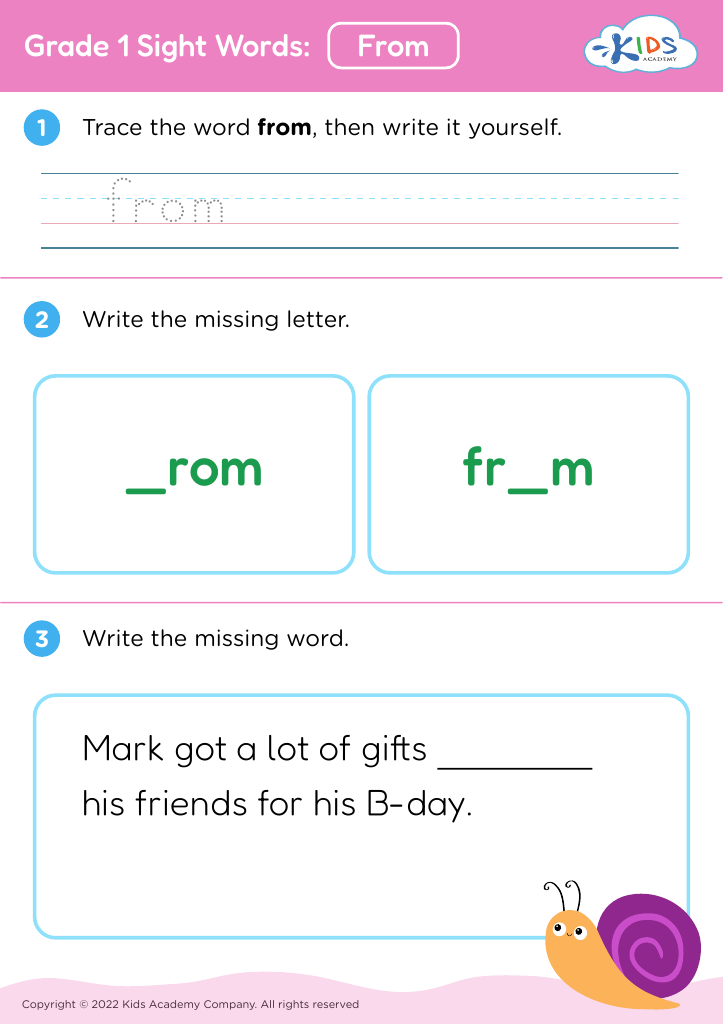





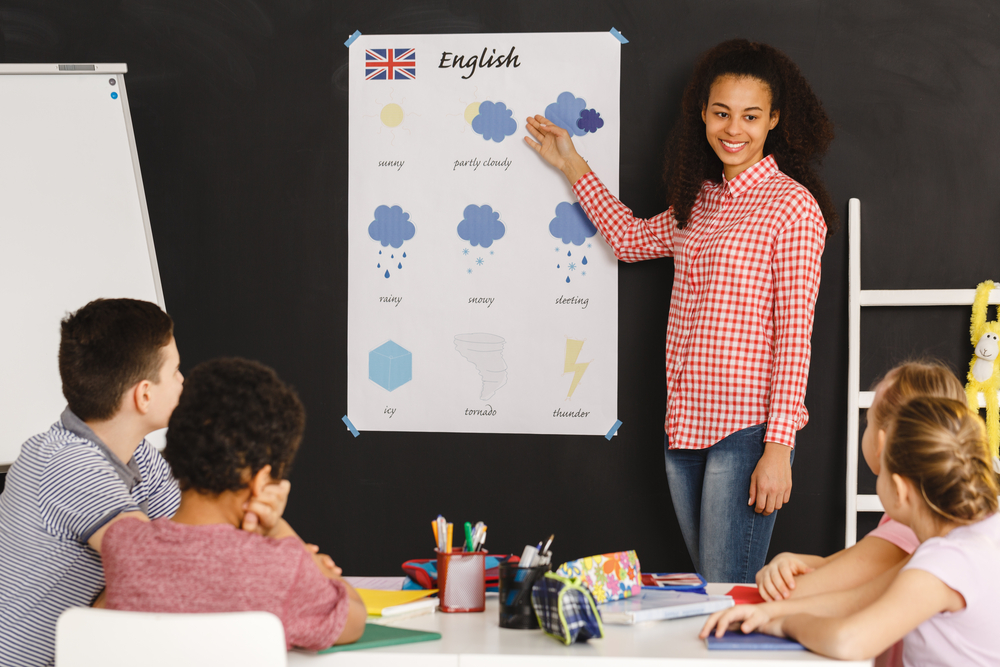
.jpg)











